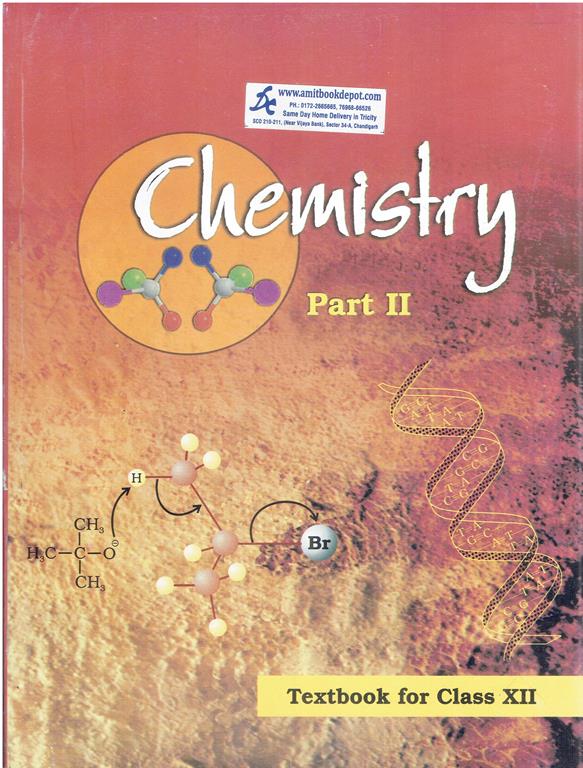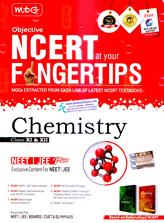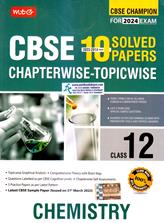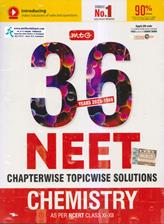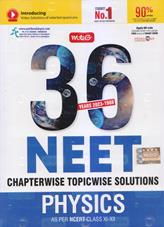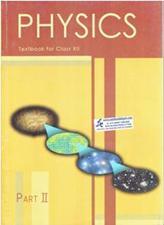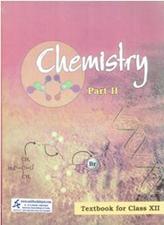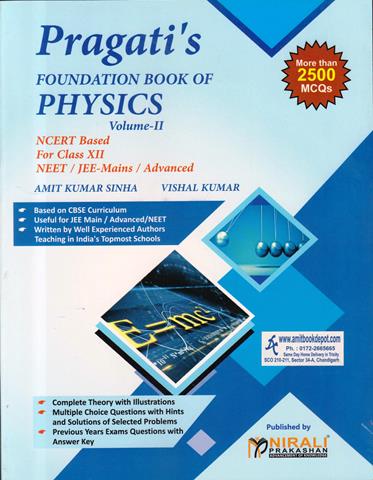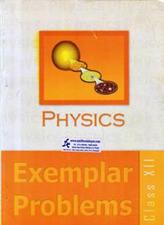NCERT Chemistry Part 1 Textbook For Class 12th
- In stock
Contents
Foreword
Preface
Unit 1 The Solid State
1. General Characteristics Of Solid State
2. Amorphous And Crystalline Solids
3. Classification Of Crystalline Solids
4. Crystal Lattices And Unit Cells
5. Number Of Atoms InA Unit Cell
6. Close Packed Structures
7. Packing Efficiency
8. Calculations Involving Unit Cell Dimensions
9.Imperfections In Solids
10. Electrical Properties
11. Magnetic Properties
Unit 2 Solutions
1. Types Of Solutions
2. Expressing Concentration Of Solutions
3. Solubility
4. Vapour Pressure Of Liquid Solutions
5. Ideal And Non Ideal Solutions
6. Colligative Properties And Determination Of Molar Mass
7. Abnormal Molar Masses
Unit 3 Electrochemistry
1. Electrochemicalv Cells
2. Galvanic Cells
3. Nernst Equation
4. Conductance Of Electrolytic Solutoions
5. Electrolytic Cells And Electrolysis
6. Batteries
7. Fuel Cells
8. Corrosion
Unit 4 Chemical Kinetics
1. Rate Of A Chemical Reaction
2. Factors Influencing Rate Of A Reaction
3. Integrated Rate Equations
4. Temperature Dependence Of The Rate Of A Reaction
5. Collision Theory Of Chemical Reactions
Unit 5 Surface Chemistry
1. Adsorption
2. Catalysis
3. Colloids
4. Classification Of Colloids
5. Emulsions
6. Colloids Around US
Unit 6 General Principles And Processes Of Isolation Of Elements
1. Occurrence Of Metals
2. Concentration Of Ores
3. Extraction Of Crude Metal From Concentrated Ore
4. Thermodynamic Principles Of Metallurgy
5. Electrochemical Principles Of Metallurgy
6. Oxidation Reduction
7. Refining
8. Uses Of Aluminium Copper Zinc And Iron
Unit 7 The P-Block Elements
1. Group 15 Elements
2 Dinitrogen
3. Ammonia
4. Oxides Of Nitrogen
5. Nitric Acid
6. Phosphorus Allotropic Forms
7. Phosphine
8. Phosphorus Halides
9. Oxoacids Of Phosphorus
Unit 8 The D-AND F-Block Elements
1. Position In The Periodic Table
2. Electronic Configurations Of The D- Block Elements
3. General Properties Of The Transition Elements
4. Some Important Compounds Of Transition Elements
5. The Lanthanoids
6. The Actinoids
7. Some Applications Of D And F Block Elements
Unit 9 Coordination Compounds
1. Werner's Theory Of Coordination Compounds
2. Definations Of Some Important Terms Pertaining To Coordination Compounds
3. Nomenclature Of Coordination Compunds
4. Isomerism In Coordination Compounds
5. Bonding In Coordination Compounds
6. Bonding In Metal Carbonyls
7. Importance And Application Of Coordination Compounds
Appendices
Answers To Some Questions In Exercises
Index

